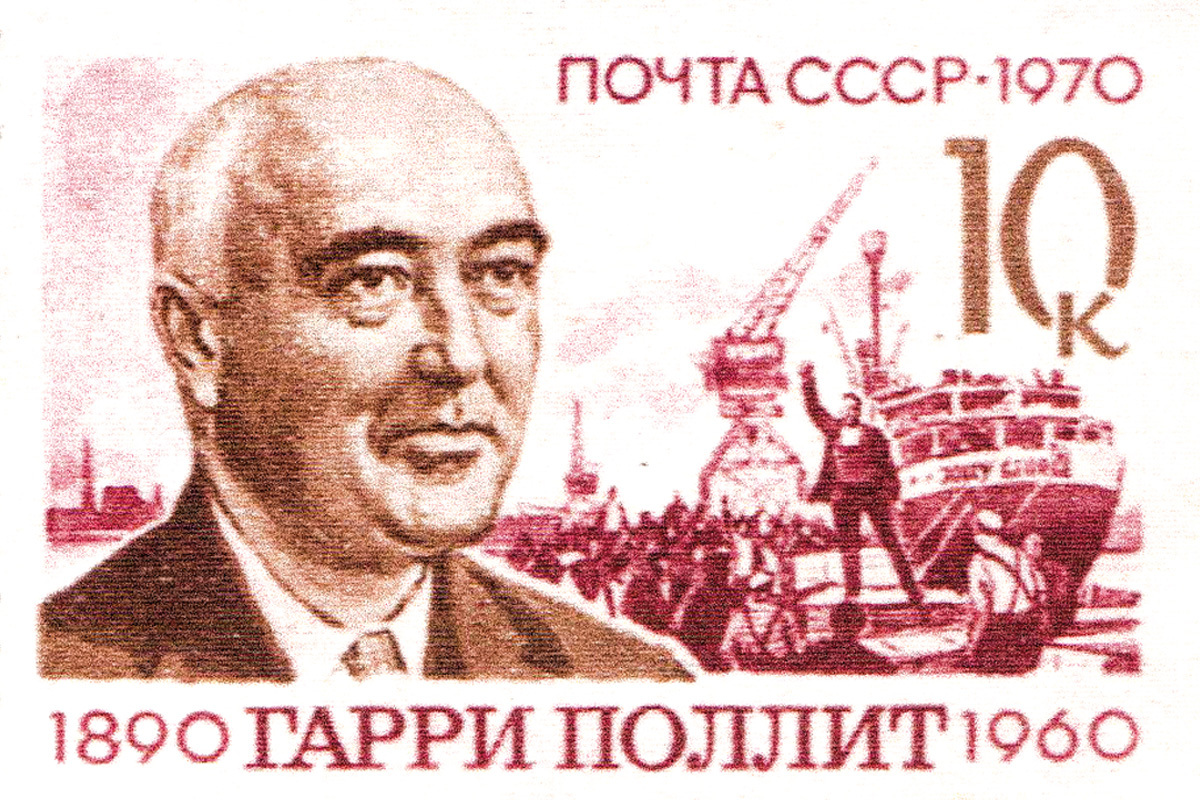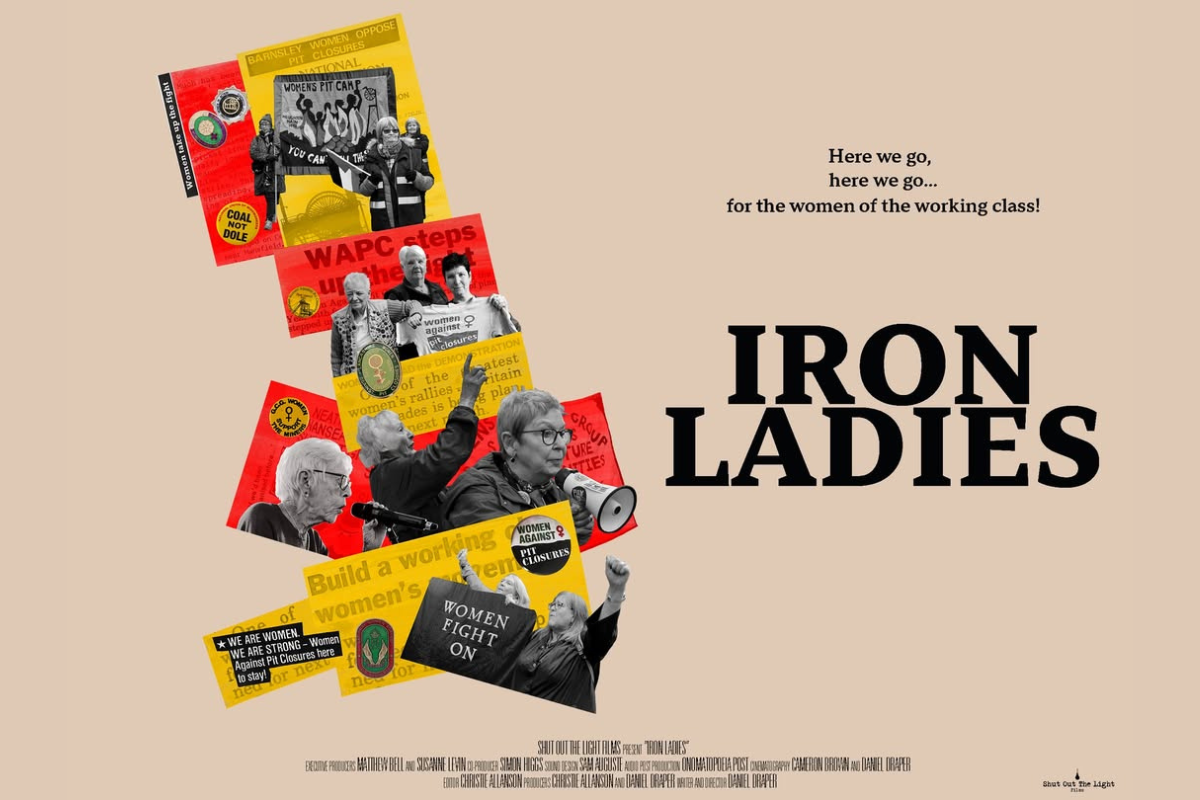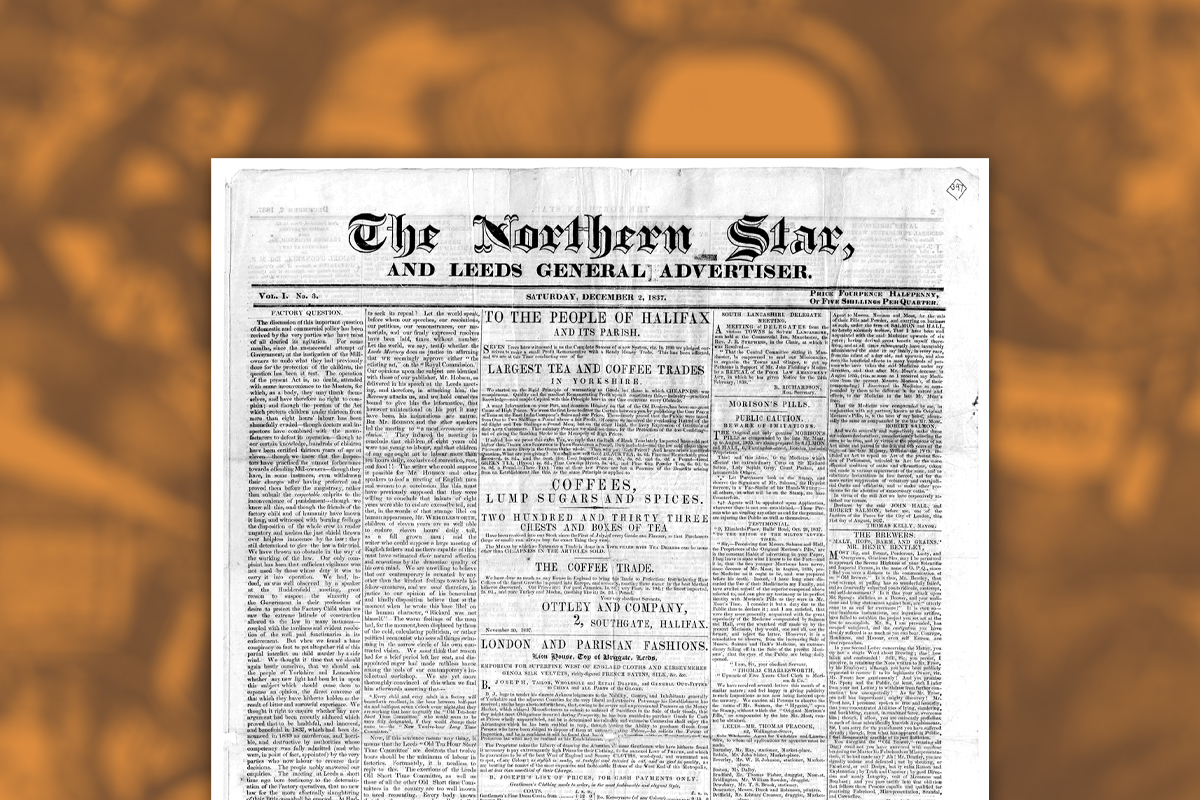The prospect of a new Tory government coming to power after the next election should be more than enough to concentrate the minds of active workers in the Labour and Trade Union Movement. But what sort of Tory government will it be? Mark Twain made the point that although history never repeats itself, it often rhymes.
 Over the last 40 years we have had two periods of Tory rule; one was Thatcher and Major’s period in office from 1979 to 1997. But there was another period between 1970 and February 1974 when Ted Heath was installed in Downing Street. The Tory attempts to attack the working class and attack the workers’ organisations rebounded badly then. Should Labour lose the next election, it’s clear that an incoming Tory government would be a government of crisis. An industrial and, at a later stage, a political response to their attacks from the working class would be on the cards.
Over the last 40 years we have had two periods of Tory rule; one was Thatcher and Major’s period in office from 1979 to 1997. But there was another period between 1970 and February 1974 when Ted Heath was installed in Downing Street. The Tory attempts to attack the working class and attack the workers’ organisations rebounded badly then. Should Labour lose the next election, it’s clear that an incoming Tory government would be a government of crisis. An industrial and, at a later stage, a political response to their attacks from the working class would be on the cards.
Ruling class offensive
Heath came into office determined to do something about the decline in British capitalism. His solution was to tear up the old “consensus” that had largely pertained since the end of the war. He tried to neuter the unions and carry out a series of savage attacks on living standards. The outcome however was far different to what he anticipated. Heath managed to provoke the biggest movement of the working class in Britain since the General Strike in 1926.
Britain’s post-War economic growth had lagged well behind that of the USA, Russian and Japan. Exports in manufacturing had collapsed by 60% to 10% of the global figure since 1945, and the rate of profit had fallen drastically. British capitalists had failed to invest, which meant that they were unable to compete with their rivals.
The huge post-War boom and the protected “empire” market masked the relative decline, but Britain’s GDP developed at a fraction of the pace of their main rivals. The ruling class blamed “lazy” British workers and “restrictive practices”. Their solution was to cut “costs” in other words attack the working class.
This era had seen virtual full employment and steadily rising living standards. The ruling class in Britain decided they could no longer afford this. The Tories were their chosen instrument to fundamentally shift the balance of forces in favour of capital.
To restore profitability, the Tory argument went, wages had to go down. First public sector wages were pegged and secondly private sector bosses were to follow suit. But then, within a month of the election in June 1970, Heath was faced with the first national dock strike since 1926 and was forced to declare a state of emergency. The Tories threatened to send the troops in, but in the end a Committee of Inquiry recommended an improved pay offer which was accepted; essentially a climb down by the Tories. In September 1970 250,000 local authority workers struck over pay. As Bernard Dix of NUPE recalled:
"Within three days of the strike in 1970 we were called up before the Lord President of the Council, who was William Whitelaw, who said that if we didn’t put people back on sewerage work they would have to call in the troops. We told them they could call in who they liked."
Taking tea by candlelight
Much to the government’s chagrin another Committee of Inquiry backed most of the unions’ demands. Things just seemed to get worse for the Tories industrially. An unofficial miners’ strike and a power workers’ strike meant that even the Queen was left to “take tea by candlelight”. Ford workers won an £8 a week rise over two years. The only solace for Heath was the defeat of the postal workers’ pay strike, which was sold out by Tom Jackson, a right wing leader. But they were less successful when it came to the power workers, railways and the refuse collectors.
The Tories’ big idea was the Industrial Relations Bill aimed at shackling the unions legally. Their problem was that the tendency of the trade unions leaders to try and accommodate themselves to the state had broken down and in fact was going into reverse. The Tories tried to force the union leaders to police their members, using the law as a threat.
The main Tory proposals were:
- 1) To outlaw the closed shop. It was quite common at the time that being a trade union member was a precondition for getting a job in some well-organised workplaces
- 2) Trade unions were to register with a Registrar as a condition for keeping certain legal immunities. Registration would bind trade unions to a code under which strikes could be called.
- This code would impose limits on members to avoid claims against unions for "unfair industrial practices". Anyone who scabbed, even on an official strike, which is deemed "unfair" by the Bill, could not be "expelled, disciplined or discriminated against by the organisation, notwithstanding anything in the rules."
- 3) To treat all collective agreements as legally binding contracts.
- 4) Compulsory ballots prior to action if a dispute threatened the "life of the nation". Any employer could apply for compensation against trade unions and unionists for a wide range of supposed offences.
- 5) Allow the Secretary of State the right to order the postponement of strike action ("cooling-off" period) for up to 60 days.
- 6) Grant trade union recognition only after investigation by the Commission on Industrial Relations. The National Industrial Relations Court (NIRC) would have such powers as would leave union rulebooks and funds at their mercy.
- 7) Removal of legal immunity from sympathy strikes. Unregistered unions, like shop stewards’ committees, would have a total absence of protection at law from crippling fines.
Scab’s Charter
This became known as a scab’s charter. Mass action was organised to defeat the legislation from below mainly by the Communist Party Inspired Liaison Committee for the Defence of Trade Unions. Both the TUC and the Parliamentary Labour Party came out against the bill although the TUC opposed strike action. The LCDTU organised 600,000 workers in a mass unofficial strike on the 8th December 1970, a further 500,000 took part in a day of protest on 12th January, while on February 21st 1971 300,000 demonstrated in London to “Kill the Bill”. To the surprise of the TUC it was the largest demonstration of the century. Even the TUC reported that it was the biggest demonstration since the Chartists 130 years earlier.
Two million engineering workers organised in the then left wing led engineering workers’ union, the AUEW, began a series of one day stoppages on March 1st. These were openly political strikes.
In March three million workers struck – the biggest strike since the General Strike in 1926 – on the same day as a TUC special conference. Conference “strongly advised” a complete boycott of the legislation. At the September TUC adopted an AUEW and TGWU (Transport and General Workers’ Union) resolution instructing unions not to register under the Act. A few small unions were expelled from the TUC for refusing to comply but the majority went along with the resolution.
Between July 1970 and July 1974, more than three million days were lost in political protest strikes against the Industrial Relations Act, more than one million against the National Industrial Relations Court and 1.6 million against the government’s incomes policy. It was an historic show of militancy, and the high point of working class confidence not seen for generations.
UCS work-in
A mass movement took place in the summer of 1971 to save jobs at Upper Clyde Ship Builders (UCS), which was due to close. Instead of nationalising the yards the previous Labour Government had subsidised the plant but, even after huge job losses and increased productivity, it faced bankruptcy. Faced with the closure of two yards and the loss of 6,000 jobs the workers organised a work-in and two one-day solidarity strikes across Scotland. Unfortunately, instead of spreading the occupation to other yards across Britain, the leaders at UCS, Communist Party members Jimmy Airlie and Jimmy Reid, wanted to limit the action to a work-in. They lost the opportunity to preserve jobs by demanding the nationalisation of the whole industry. None the less the resistance of the workers at UCS proved an inspiration, and a wave of sit-ins and occupations swept the country. In the end a deal was struck, although 2,000 workers still lost their jobs. Reid ended up as a media personality, while Airlie ended up in the AUEW bureaucracy,
Nationalisation was no far-fetched dream. The Tories had bowed to huge pressure and had nationalised Rolls Royce “at a stroke” in 1992 as Heath famously said, for fear of the political consequences of mass unemployment. These struggles had forced a government U-turn. The Tories had previously followed a no subsidies policy for so called “lame duck” industries – but had to drop it because of the social consequences.
The workers were emboldened by success. Another outcome of the UCS work-in was a wave of 200 factory occupations and sit-ins, the most well known being Plessey in Dunbartonshire, Fisher Bendix, Don Steel Works, Pressed Steel Fisher in Birmingham, Briant Colour, BSA, Norton Villiers Triumph, Thorneycroft in Basingstoke, Allis Chambers, Seiko Time, Scottish Daily Express among others. This was perhaps the biggest wave of struggle since the “Great Unrest” of 1910-1912.
The scene was set for the decisive struggle of the Heath Government the 1972 miners’ strike. This laid the basis for the defeat of Heath at the February 1974 General Election. But that’s another story…






